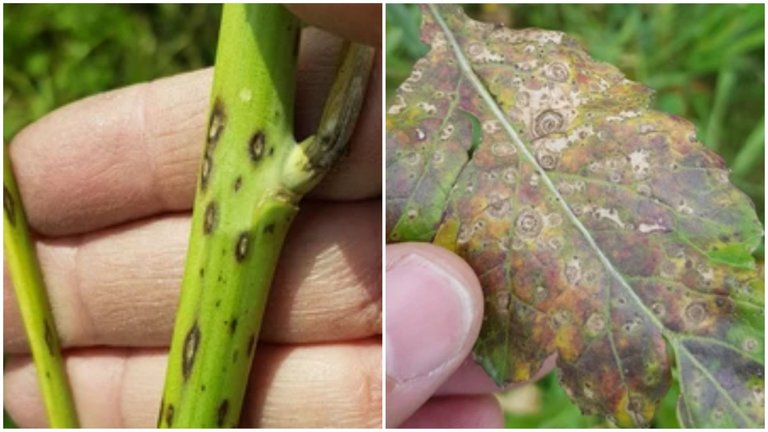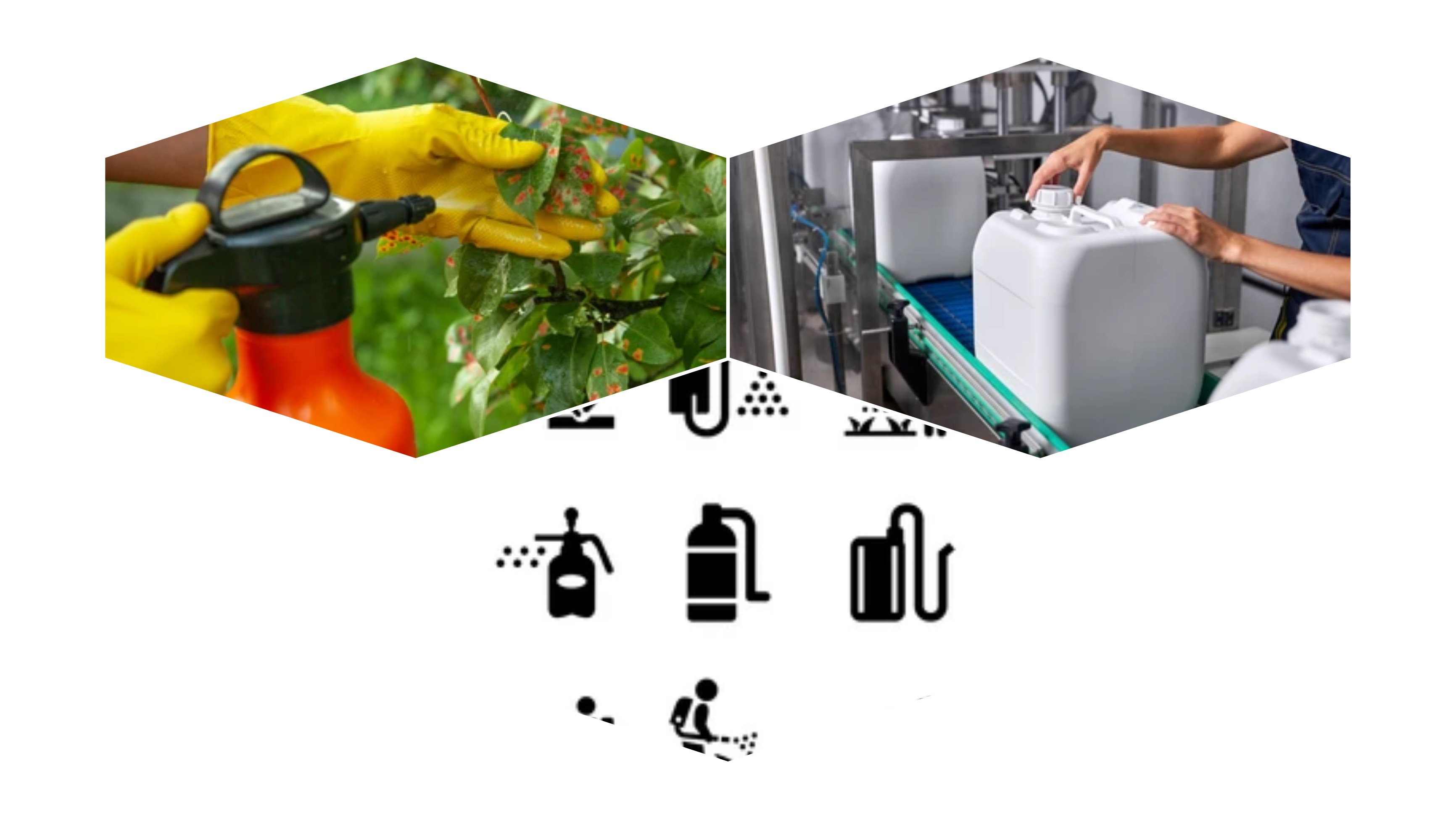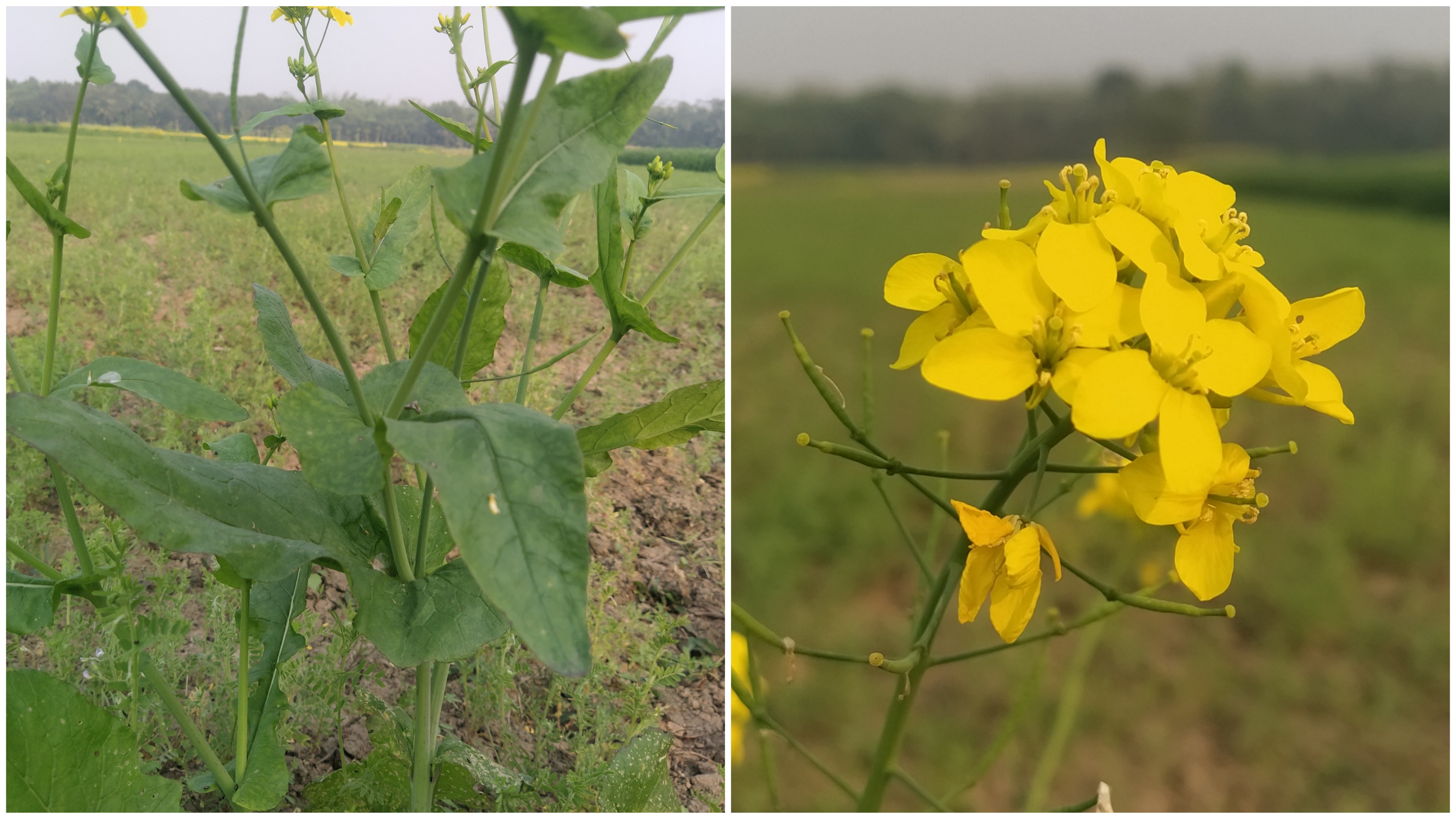How To Identify And Treat Blackleg Disease In Mustard Plants: A Step-by-Step Guide- Agriculture Blog -1
Hello everyone I am Raj I am from Bangladesh Today is my first blog about Agriculture.Today I will discuss about Mustard crops.It's winter now. Mustard is one of the winter crops. It has various diseases. Today I will discuss in detail about blackleg.So let's start ....
Blackleg disease is a serious and potentially fatal disease for mustard plants, but there is hope! With the right information, you can identify and treat blackleg disease in your mustard plants. This step-by-step guide will provide you with the necessary tools and instructions to successfully detect and treat blackleg disease. First, you'll need to know how to recognize the symptoms of blackleg disease. You'll then learn how to diagnose the problem accurately and determine the best treatment for your mustard plants. Finally, you'll be able to take the steps necessary to remove the disease and keep your mustard plants healthy and thriving. With this guide, you will be well-equipped to identify, diagnose, and treat blackleg disease in your mustard plants.
Blackleg disease is a bacterial infection caused by Erwinia carotovora. This bacterial pathogen infects the plants in the mustard family (Brassicaceae), including mustards, radishes, turnips, cabbages, and kales. The pathogen can infect a number of different plant parts including the root system, the lower stem, the upper stem, and the leaves. The plants may also have black and slimy lesions, and the leaves may display wilting and discoloration. You can identify blackleg disease by looking for these symptoms in your mustard plants:source

- Wilting and drooping of the leaves, accompanied by blackening, water soaking, and decay at the lower part of the leaves
2.Blackening and decay of the lower stems and roots, which are often accompanied by an offensive smell- The presence of black and slimy lesions on the upper stems and leaves, especially when the leaves are in contact with moist soil
Blackleg disease is often confused with a number of other diseases, so you must be sure to diagnose the problem accurately. Blackleg disease has many of the same signs as other diseases, including stem rot, stem and root rot, Fusarium, Rhizoctonia, and wilts. If you suspect your mustard plants have blackleg, take the following steps to confirm the problem and determine the best treatment for your mustard plants.
- Examine the Leaves and Stems of Your Mustard Plants - First, examine the leaves and stems of your mustard plants for the symptoms listed above. If you find wilting, blackening, and decay in the lower stems and leaves, you should suspect blackleg disease.
- Examine the Roots of Your Mustard Plants - Next, examine the roots for signs of decay and the presence of swollen, black markings. If the roots are decayed or swollen and black, you have probably found blackleg.
- Examine the Soil Around Your Mustard Plants - Finally, look at the soil around your mustard plants. Examine the upper 2-3 inches of soil and the lower 1-2 inches of soil. If you find slimy or water-soaked soil, you have probably found blackleg.
Blackleg disease is best treated with a combination of sanitation and cultural practices. When treating blackleg, you must clean and destroy all infected plant material. You should also remove plant debris from the area and disinfect tools used in the garden. Finally, you can use a number of different cultural practices to prevent blackleg disease and keep your mustard plants healthy. These include increasing air circulation, selecting the appropriate planting times, controlling humidity, and selecting resistant varieties. Once the disease has taken hold, however, you will need to use a chemical treatment to eradicate the blackleg pathogen. Check with your local garden center for the best treatment for blackleg in your area.
Once you have identified and diagnosed blackleg disease in your mustard plants, you must act quickly to save your plants. First, you must remove all infected plant material. Cut off and dispose of all infected leaves and stems. Do not compost these materials. Sterilize your tools after each cut with alcohol to prevent the spread of the disease. Next, disinfect your entire garden. Clean your garden thoroughly with a mixture of water and bleach. Finally, apply a systemic fungicide and follow directions closely. Systemic fungicides are applied to the soil and distributed throughout the plant. These fungicides must be applied while the plants are still growing.

Fungicides can be used to control blackleg disease. Some commonly used fungicides for blackleg in canola include strobilurins (e.g. azoxystrobin), triazoles (e.g. tebuconazole), and chloronitriles (e.g. chlorothalonil). It is important to consult a local extension service or agronomist for specific recommendations and to carefully follow the labeled instructions for safe and effective use of fungicides.
After you have identified, diagnosed, and treated blackleg disease in your mustard plants, it is important to monitor the progress of the treatment. While you wait for the disease to subside, you must take the following steps to protect the health of your mustard plants. Be sure to cover your mustard plants with a disease-free cover to protect them from wind, rain, and other potential infections. Finally, keep your garden clean and free of debris to prevent other diseases from taking hold in your garden.
If you have carefully followed this step-by-step guide, your mustard plants should make a full recovery. You must, however, take certain steps to ensure your plants are healthy and thriving. First, water your mustard plants regularly. Water the plants when the soil has been completely dried out. Finally, fertilize your mustard plants regularly with a balanced fertilizer. After your mustard plants have fully recovered from blackleg disease, it is important to prevent future outbreaks of the disease. Inspect your mustard plants regularly, and remove any diseased or decaying leaves and stems. Keep your garden clean and free of debris to prevent insects and rodents from spreading disease. Finally, select resistant varieties of mustards to reduce your risk of disease.

Once blackleg disease has taken hold in your mustard plants, the best way to prevent future outbreaks is to practice good sanitation. Inspect your mustard plants regularly, and remove any decaying or diseased leaves and stems. Keep your garden clean and free of debris to prevent insects and rodents from spreading disease. Finally, select resistant varieties of mustards to reduce your risk of disease. Blackleg disease is a serious and potentially fatal disease for mustard plants, but there is hope! With the right information, you can identify and treat blackleg disease in your mustard plants. This step-by-step guide will provide you with the necessary tools and instructions to successfully detect and treat blackleg disease. First, you'll need to know how to recognize the symptoms of blackleg disease. You'll then learn how to diagnose the problem accurately and determine the best treatment for your mustard plants. Finally, you'll be able to take the steps necessary to remove the disease and keep your mustard plants healthy and thriving. With this guide, you will be well-equipped to identify, diagnose, and treat blackleg disease in your mustard plants.
Thank you so much for reading my post. Please give your feedback if you comment in my post then I will be motivated to give away more new posts....
https://vikaspedia.in/agriculture/crop-production/integrated-pest-managment/ipm-for-oilseeds/ipm-strategies-for-mustard-rapeseed/diseases-and-symptoms
https://pnwhandbooks.org/plantdisease/host-disease/mustard-greens-brassica-juncea-black-leg-phoma-stem-canker#:~:text=Search-,Mustard%20Greens%20
https://www.apsnet.org/edcenter/disandpath/fungalasco/pdlessons/Pages/Blackleg.aspx
https://www.google.com/url?sa=t&source=web&rct=j&url=https://mtvernon.wsu.edu/path_team/Black%2520leg%2520in%2520Brassiceae%25202014%2520-%25202%2520pp%2520alert%25206-12-14.pdf&ved=2ahUKEwjBgdWazdr8AhWUl-YKHbV3A2EQFnoECBEQAQ&usg=AOvVaw1qZbtXGYGvAMcAGTMRYO5i